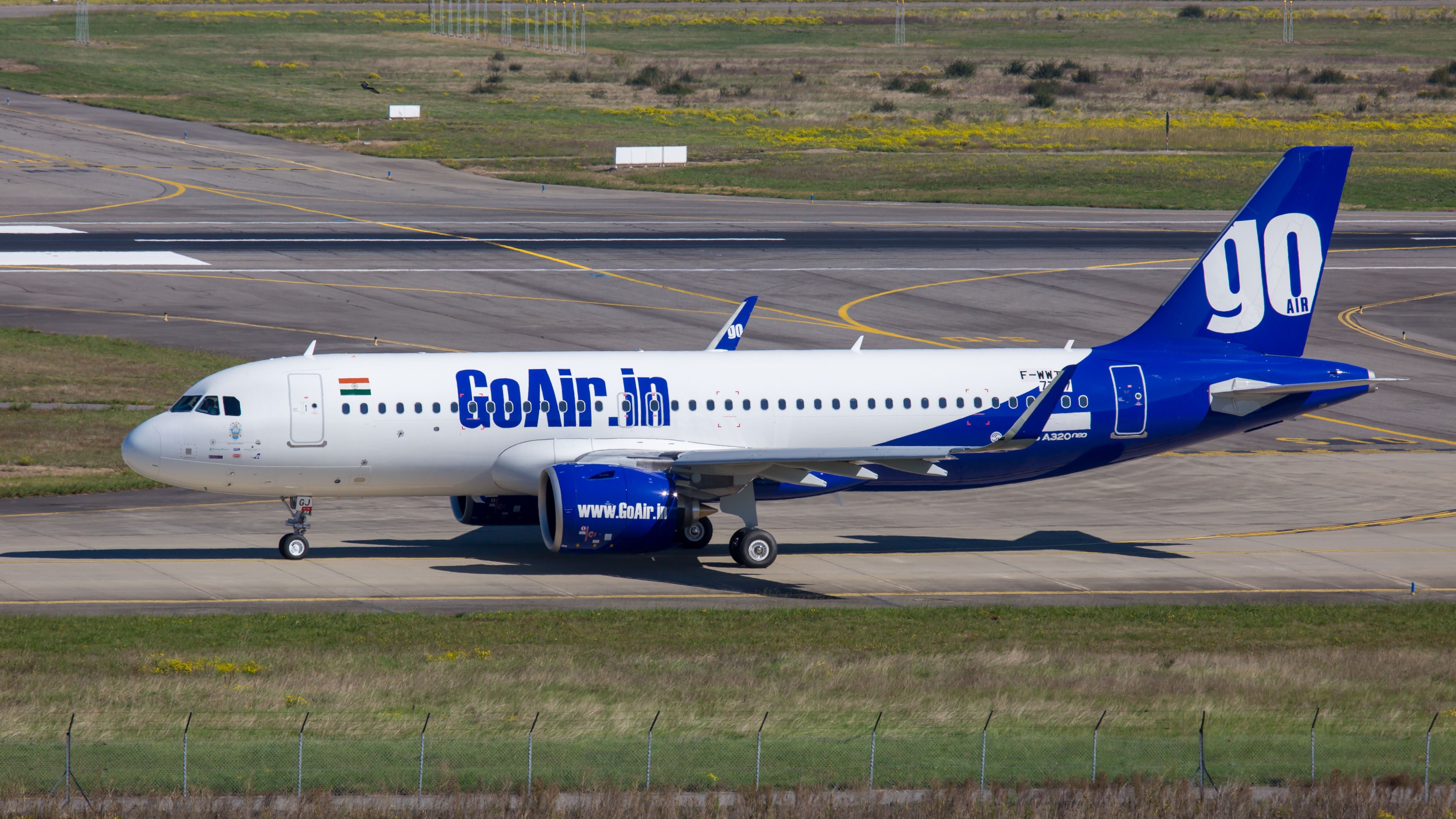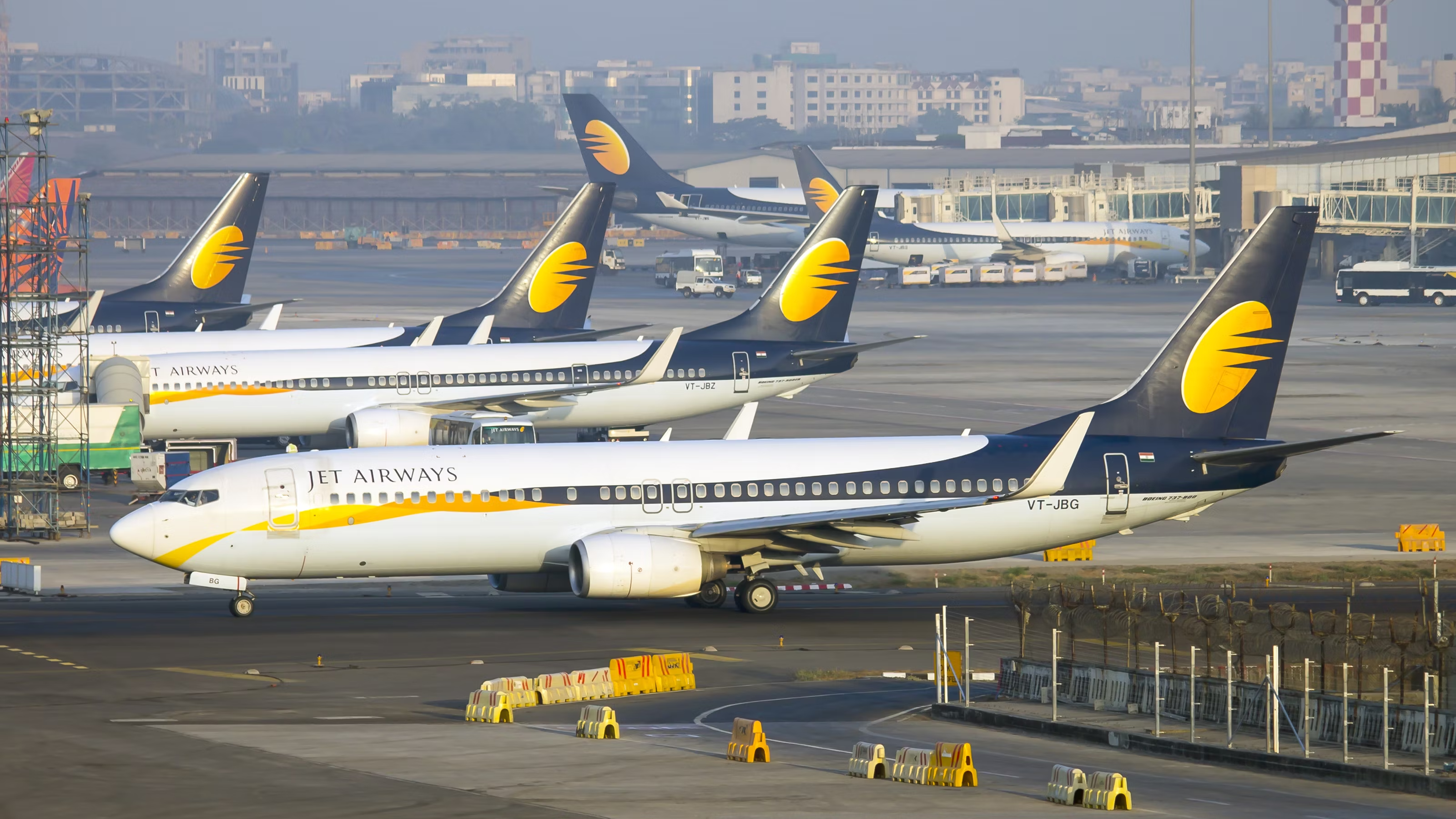Summary
- The finances of airlines are fragile, and even a few bad decisions can lead to complete shutdowns.
- When an airline ceases operations, its assets are frozen, and creditors begin the process of recovering them. This can include aircraft, airport slots, and more.
- Employees and passengers bear the brunt of airline closures. Employees often lose their jobs, and passengers may be stranded or face lengthy refund processes.
The global aviation industry went through one of its most challenging periods between 2020 and 2022. Several airlines were forced to change their strategies, and some that were already struggling were forced to close up shop. However, even before the pandemic, major carriers also ceased operations after battling through years of financial difficulties.
Even in a good year, the finances of most airlines are precariously placed like a house of cards. A few bad business decisions can sometimes start a chain of events that can lead to complete shutdowns. With restructuring, some airlines often get back on their feet, but sometimes carriers can't survive the onslaught. So, let us look at what happens after an airline ceases operations.
Reasons for shutting shop
Sometimes, shutting down operations can mean buying more time to restructure finances. If an airline has adequate assets, it can develop a plan to repay creditors in an orderly manner. A carrier can also use this time to redesign operations strategies such as fleet reduction, mergers, and workforce optimization to get out of trouble.
Virgin Australia went into voluntary administration in April 2020. With some changes in management and investment from Bain Capital, it was reborn. South African Airways was also forced into business rescue in 2019.
The COVID-19 pandemic made its situation worse as it started to scale down capacity, suspend international flights, and eventually all scheduled passenger services. It managed to restructure, and two years after returning to the skies, the carrier is relaunching intercontinental flights.
While such deterioration doesn't happen overnight, especially with national carriers, many airlines have faced sudden closures due to repeated non-payment of fixed costs and never recovered from them. Compulsory liquidation is almost always the outcome in such cases. Thomas Cook and Kingfisher Airlines are good examples of carriers that failed to return.
What happens to company assets?
Once it is clear that an airline can't be recovered, all bets are off, and creditors start closing in to recover assets. Of course, everything goes through a legal procedure and paperwork. One of the first things that usually happens is that all its assets are frozen, including aircraft. This means that the airline often can't help in repatriating its own stranded passengers.
During insolvency, an airline is deconstructed and its assets evaluated. In the case of India's Jet Airways, lenders refused to give more money to keep the airline afloat, vendors asked for payments before services, and lessors repossessed aircraft, sometimes just hours before scheduled departure. Italy's Ernest Airlines met the same fate, and COVID-19 squashed any chances of recovery.
Airplanes will sometimes be held by airports to which the airline owes money. If they are leased, they will usually go back to lessors. If owned, they will be added to the airline's assets to be sold off, and the proceeds distributed to creditors.
Other assets can include slots at important airports, spares, tools, loyalty programs, and even brands and uniforms. All these items can have value to other aerospace companies and can raise money to add to the pot to pay back creditors. However, there is often not enough to pay back all those creditors.
What happens to employees and passengers?
Unsurprisingly, employees almost always take the brunt of such closures. Sometimes, when other airlines acquire airplanes of the defunct carrier, they also absorb cockpit and cabin crew for that aircraft type. Still, most employees are often left to fend for themselves after receiving some compensation.
This became even trickier during the pandemic as airlines started laying off crew with nowhere else to go. This year, when India's Go First filed for bankruptcy, a number of pilots immediately started looking for employment with other carriers. They may have made the right call, as the carrier has still failed to make a comeback.
Amid such situations, passengers are also affected, particularly by sudden grounding and freezing of the fleet. When Thomas Cook declared bankruptcy in 2019, thousands of passengers suddenly found themselves stranded in foreign locations with no immediate way back home.
Fortunately, during the pandemic, airlines that had ceased international services managed to operate repatriation flights through government support. In other cases, passengers can apply to have their canceled flights refunded, but this can be a lengthy process. They will join the long list of creditors to the airline and will likely be a long way down the list, after airports, fuel suppliers, lessors, and more.
Even when an airline successfully relaunches, several passengers can still not recover their funds. Undoubtedly, the pandemic was difficult for everyone, but the aviation industry is enjoying better times now. Some airlines still feel its effects, while others have almost fully recovered, restoring numerous routes and hiring new employees.
What are your thoughts on this story? Which airlines would you love to see making a comeback? Please let us know in the comments!



